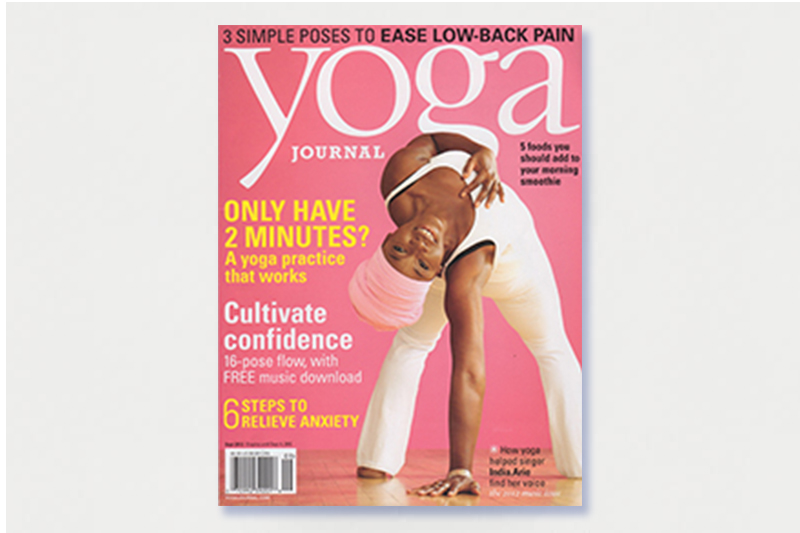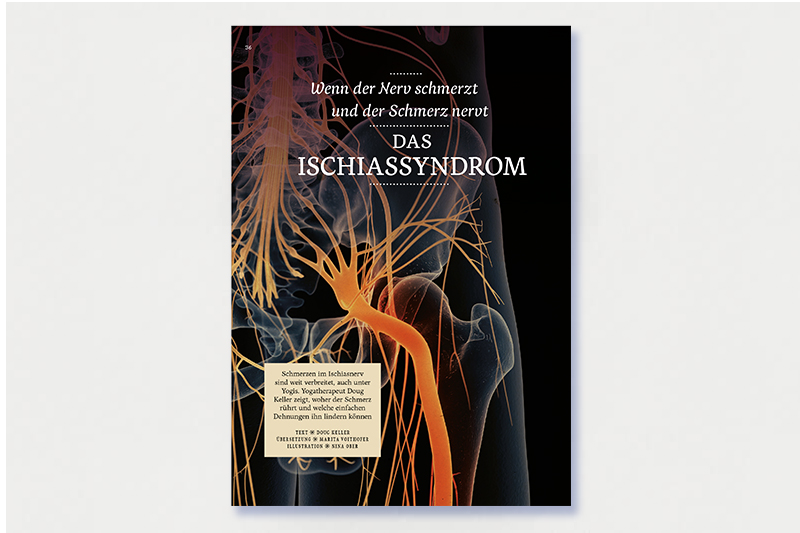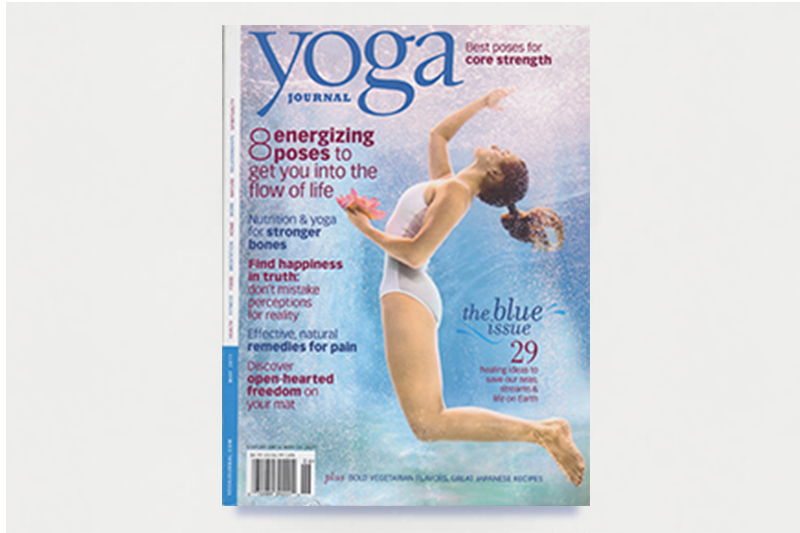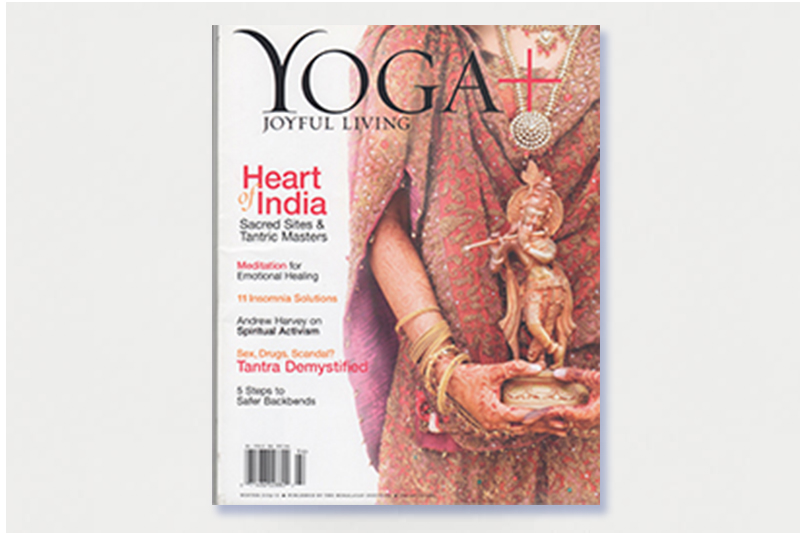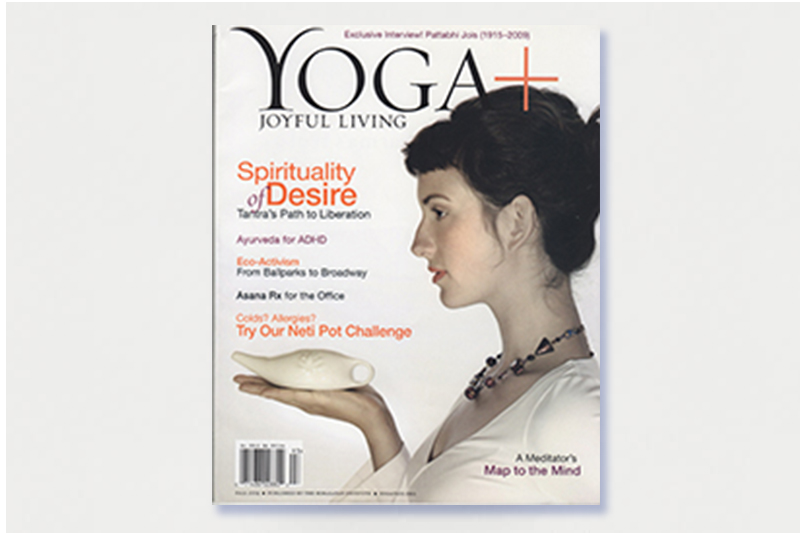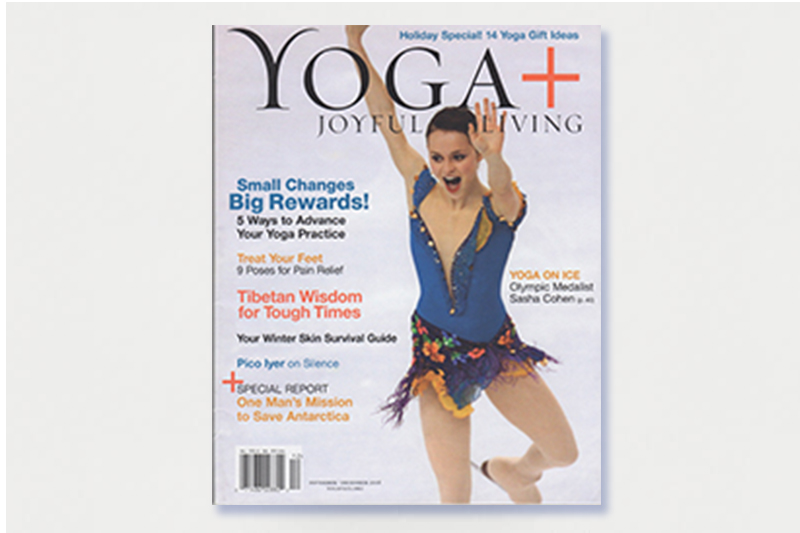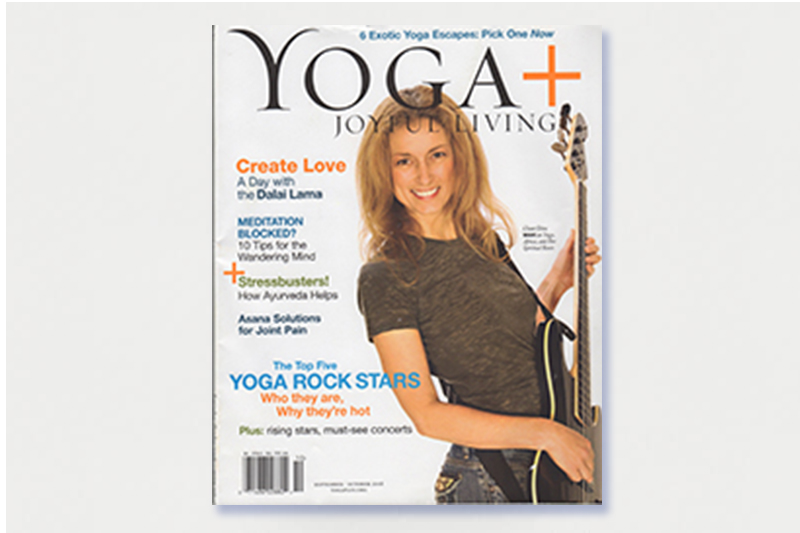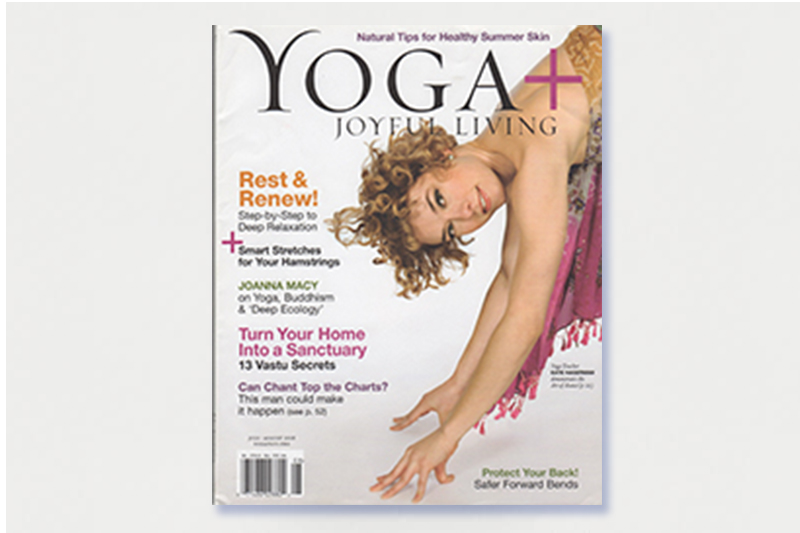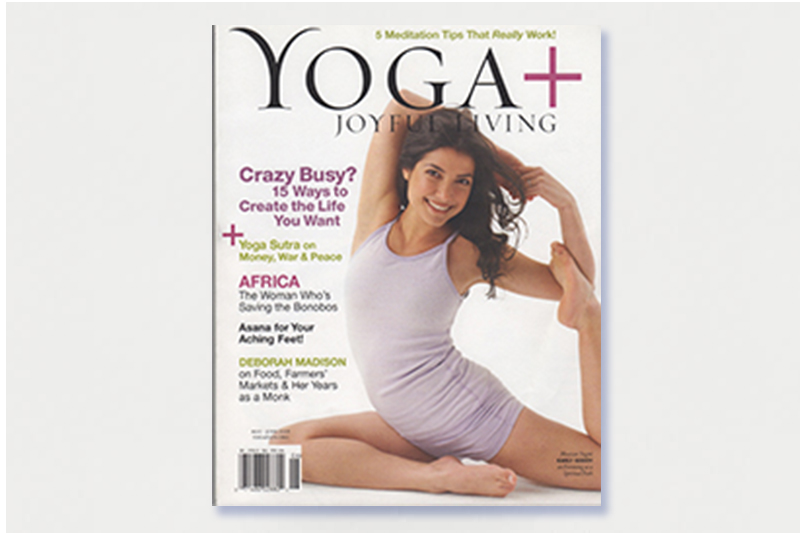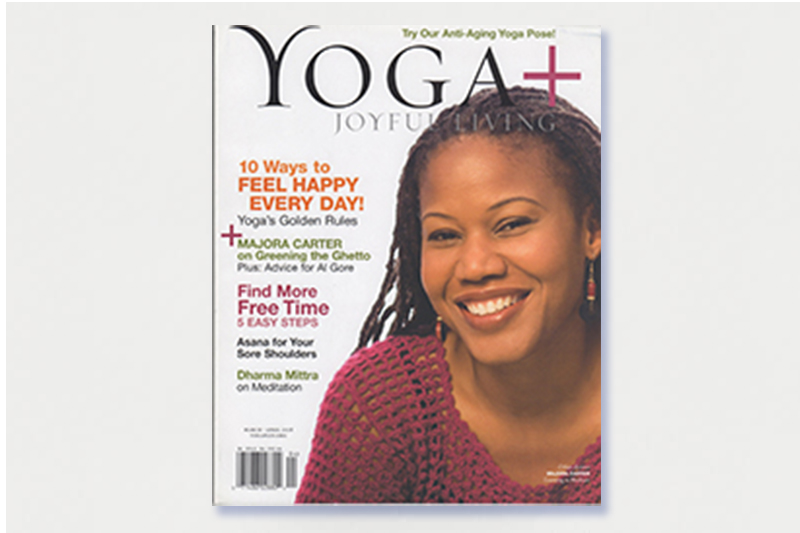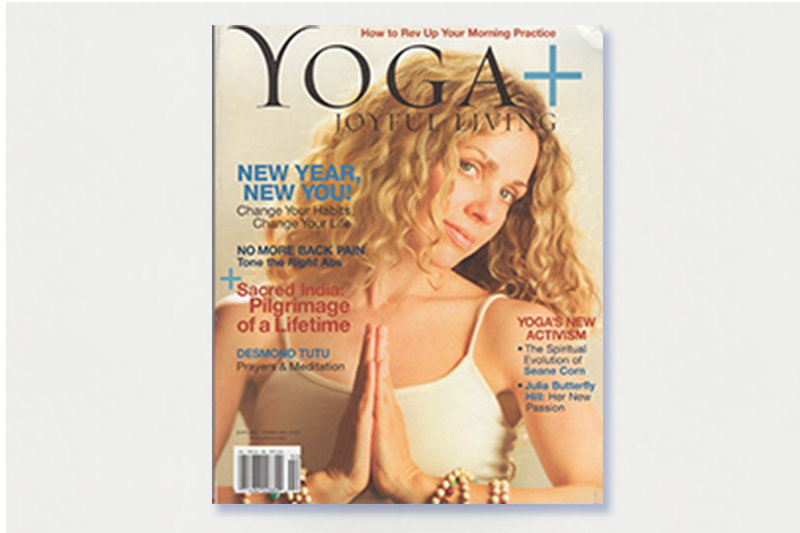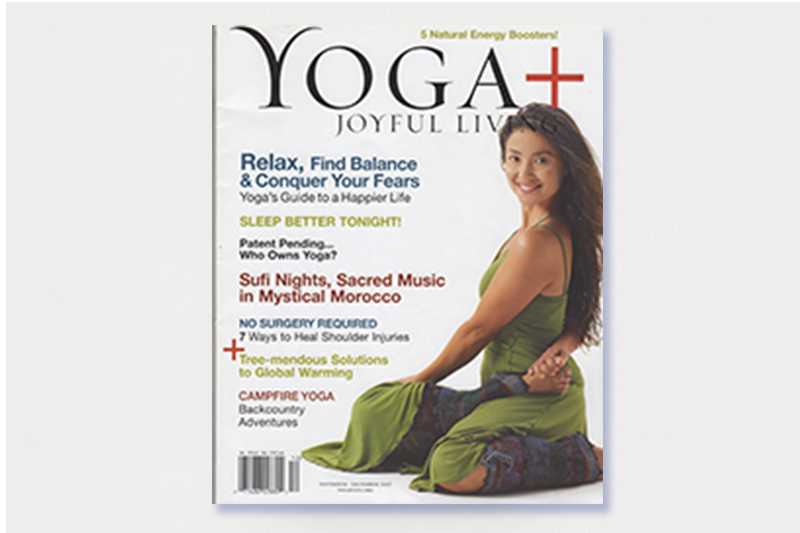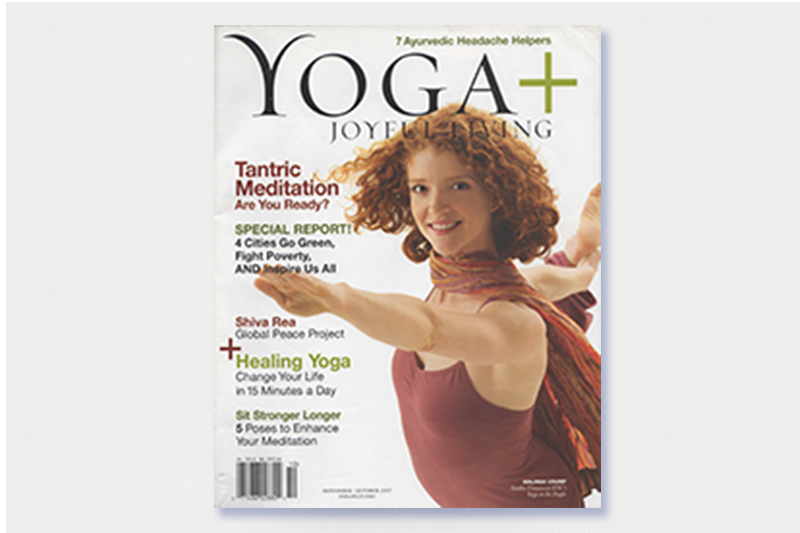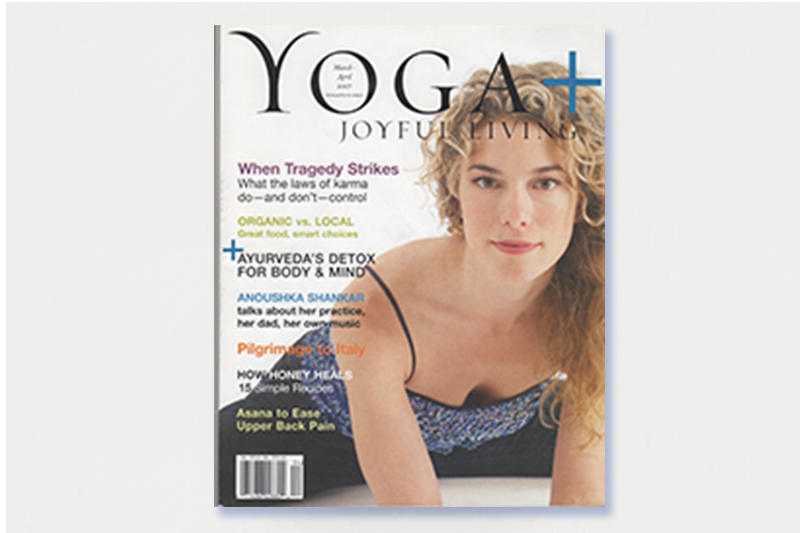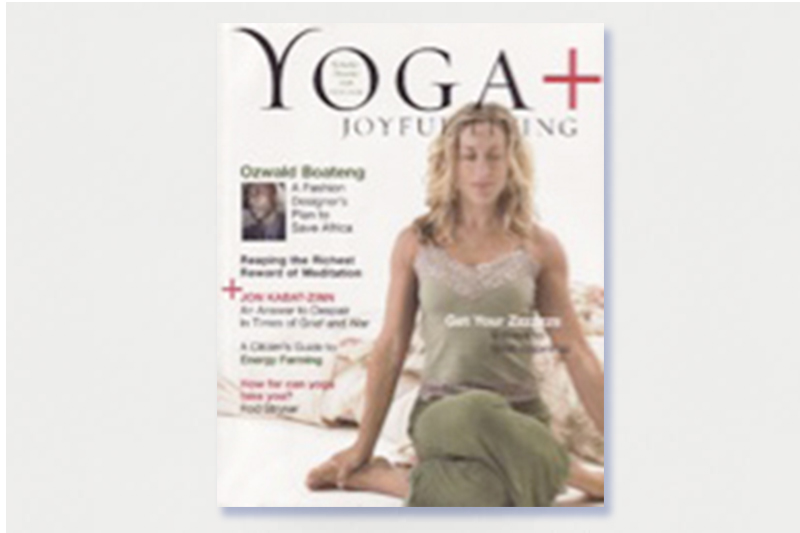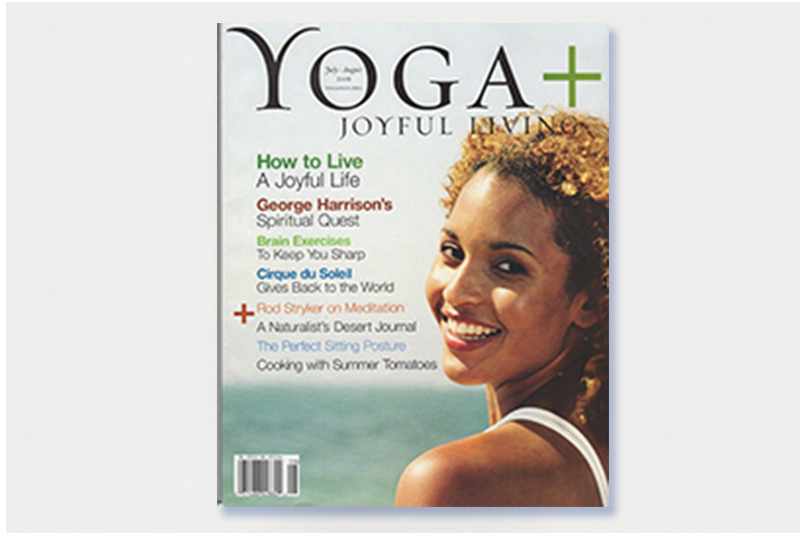Read and Download Articles in pdf format
Read articles by Doug Keller published in Yoga Journal and Yoga International — both in the US and abroad.
The piriformis is primarily an external rotator, one of a number of small, deep muscles that rotate the leg outward at the hip. It's notorious for causing sciatic pain. When the piriformis gets tight, it pinches the sciatic nerve and causes a burning pain at various points along the nerve's path, , which runs from the buttock all the way down to the foot... Link to Article
'Das Iaschiassyndrom' — Sciatica — published in Yoga Aktuell magazine in Germany 2019:
"Schmerzen im Ischiasnerv sind weit verbreitet, auch unter Yogis. Yogatherapeut Doug Keller zeigt, woher der Schmerz rührt und welche einfachen Dehnungen ihn lindern können"
"To achieve a toned and healthy midsection, you need to work with a number of muscles that are commonly called the "core." Your core includes more than just your abdominals muscles. Most exercises that target your abdominals can actually tighten the muscles around your tummy in such a way that they prevent abdominal tone...". Link to Article
"It would be hard to imagine yoga without backbends — they're invigorating, uplifting, and heart opening. Backbends stimulate the proper functioning of the digestive system, help preserve the health of the vertebrae and spinal disks, and open the body to deep diaphragmatic breathing. It's no wonder that backbends..." Link to Article
"Do you experience stinging pain at the back of your pelvis on one side when you bend, twist, or stand up after a long period of sitting? This is a likely indicator of sacroiliac instability. As human beings, our unique upright posture places a great deal of stress on the sacroiliac region, or pelvis, making it vulnerable to misalignments...""Link to Article
"While there are no quick fixes when it comes to low back pain, if you address the root of the problem, treatment can be surprisingly simple...In searching for a universal cause that could be directly linked to pain across various cases, researchers found that sufferers do share a common problem — an irregularity or weakness in the multifidi...". Link to Article
"Sciatica has a long (and painful!) history. As far back as the 5th century BCE, doctors and sufferers alike have tried a host of imaginative remedies, from leeches and hot coals in Roman times to 20th-century use of creams and injections. The principle causes of sciatic pain are less mysterious..." Link to Article
"A bunion is an all-too-common foot problem that can easily develop into a painful deformity if left unchecked. Medical science treats bunions as a progressive disorder and cites hereditary factors as the main culprit. But...constrictive shoes, coupled with the fact that we rarely stretch...""Link to Article
"Did you know that you can simultaneously improve your posture, stabilize your knee and hip joints, and relieve your lower back pain by engaging the trio of muscles that make up the gluteals? Primary among these muscles is the under-appreciated "emperor" of postural integrity, gluteus maximus...". Link to Article
"Those darn hamstrings. Their stubborn inflexibility is a source of frustration for many yoga practitioners, often because they know (or have heard) that forward bends would help their sore and stiff backs-if they could just get past their hamstrings. More than vanity is at stake here; lower back problems, hip problems, and knee problems" Link to Article
"Our cultural epidemic of weak and fallen arches provides a sure and steady income to the orthotics industry. But many of us still suffer from aches and pains that arch supports and padded insoles can’t quite eradicate. For instance, when you first hop out of bed in the morning, do you get a rude awakening from sore feet and tight calves?..." Link to Article
"Flexible ashtangis and other hatha yoga enthusiasts often suffer from dull, persistent pain at the fronts of the shoulders. Why? This type of soreness occurs when we overtax our shoulders in demanding poses such as chaturanga dandasana (four-limbed staff pose). If our shoulders are incorrectly positioned...". Link to Article
"Did you know that the abdominal muscles are designed to protect the lumbar spine against disk problems? It’s a paradox then, that in our ab-obsessed culture, so many of us suffer from low back pain—and in particular, disk herniation among the lowest vertebrae. You might think that toning your abs would lead to fewer back problems..." Link to Article
"Each time you lift your arms, your shoulder muscles-both big and small-initiate a dance full of subtle nuances. The complex interaction of those muscles, coupled with the unique structure of the shoulder joint, gives your arms a wide range of motion. In fact, the shoulder is one of the loosest joints in the body. But this freedom of movement..." Link to Article
"In the Vedas, the feet are referred to as "organs of action." They are the body's foundation, structured to support its weight and provide a mobile platform in a variety of terrains. A weak foundation in your feet creates problems in your legs, knees, hips, back, shoulders, and neck, causing muscle tension, postural imbalances, and fatigue...". Link to Article
"If you have chronic pain in your knees, if they "snap, crackle, and pop" when you bend or extend them, or it they tend to hyperextend, you may have improper tracking or "dislocation” of the kneecap. This misalignment causes the most common kind of chronic knee pain and damage to the knee joint...."" Link to Article
"Why do so many of us suffer from lower back pain? More often than not, it's because we spend most of our waking hours sitting-and that isn't healthy. One of the side effects of sitting all the time can be a shortened psoas muscle, which can pull on (and even twist) the spine, causing lower back pain." Link to Article
"One of the most common problems my yoga students complain about is chronic pain around the shoulder blades and in the upper back and neck. This kind of pain plagues those of us who work with our arms extended in front of us, whether we’re typing on the computer, cooking, carrying children...". Link to Article
"Few things put the brakes on a yoga practice like a wrist injury. And though it may seem like the injury is the result of your practice, the cause actually lies in the imbalanced way we use our wrists in daily life. Once we become aware of these imbalances, asana practice can become a powerful tool for correcting them..." Link to Article
"Ask any room of yoga students whether they suffer from pain at one or both of their sit bones, and you can count on a showing of hands. This kind of pain comes from injury to the hamstring attachment. Of course, hamstring injuries are not unique to yoga, though the cause and treatment of this particular problem often is." Link to Article
"When we carry ourselves with the head thrust forward, we create neck pain, shoulder tension, even disc herniation and lower back problems. A reliable cue to remind ourselves how to shift the head back into a more stress-free position would do wonders for resolving these problems, but first we have to know what we're up against..." Link to Article
"The confluence of a few simple factors can create a perfect storm of stress in the hip joint, especially for those leading an active life: joggers, walkers, weekend athletes, and, of course, asana practitioners. To understand the problem, we’ll look at two important sets of muscles: the adductors and the abductors.." Link to Article
